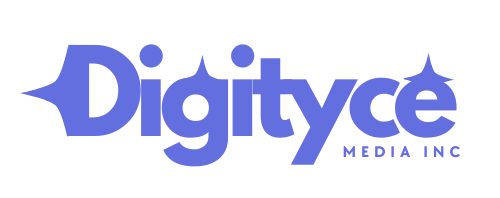Introduction
In today’s digital era, the building blocks of a successful website are more than skin deep. Great design and content can attract initial attention but the unsung heroes of a slick user experience are under-the-hood elements. Silent assassins like bad code, broken links, or missed optimization opportunities lie deep in the architecture of your website. These are factors that can impact your site negatively in terms of usability, cause more bounce rates and lower conversion too.
We’ll talk about these silent killers in the present article and show how they can harm your website and suggest possible the solutions. Let’s dive in!
This is especially important for businesses focused on website development Edmonton, web development Toronto, and web design Mississauga, where competition is high and performance can make or break conversions.
The Weight of Bad Code
What is Bad Code?
Negligent coding can result in slow websites, bad user experience, and worse, security holes. When we say bad code, we mean the way JavaScript, CSS, and HTML is written that is not best practices
How Bad Code Affects Your Website
- Slow Loading Times: Search engines prioritize well-structured code. If your website’s source code is messy, it can hamper your rankings on search engines like Google. This is crucial if you’re investing in web design Mississauga or trying to scale website development Edmonton services.
- Error Prone: Bad code can be riddled with bugs that make your site crash or appear broken across browsers and devices.
- SEO Impact: Search engines favor orderly code. A cluttered source code can hurt your rankings on search engines such as Google.
Key Insight: Regular code audits can help identify and rectify issues before they escalate, ensuring better performance and security.
Strategies for Improvement
- Code Review: Implement regular code reviews as part of your development process to catch issues early.
- Keep it Clean: Follow coding standards such as W3C recommendations to minimize errors.
- Utilize Tools: Employ tools like Google PageSpeed Insights or GTmetrix to analyze your code and suggest improvements.
The Breakdown of Broken Links
The Impact of Broken Links
What occurs when a new user comes across a perfectly functional landing page, followed by a broken link? Internal or external links lead to a broken page that ruins a user’s experience and causes search engines to view the website as neglected
Effects on User Experience and SEO
- User Frustration: Encountering a broken 404 error page leaves users with less motivation to actively browse the site, leading to increased bounce rates on pages that are not intended to be informative.
- Loss of Link Equity: The backlinks that are broken can cause the loss of important backlinks and negatively impact you.
- Negative SEO Signals: Regularly encountering broken links can lead search engines to perceive your site as unreliable. This is particularly damaging in markets like web development Toronto, where competition is intense.
How to Fix Broken Links
- Website Audits: Regularly perform audits using tools like Screaming Frog or Ahrefs to identify broken links.
- Redirects: Implement 301 redirects for relevant broken links to guide users to appropriate content.
- 404 Pages: Design custom 404 pages that guide users back to functional areas of your site, helping to retain potential customers.
The Perils of Missed Opportunities
What are Missed Opportunities?
Missed opportunities are gaps within a website or marketing strategy that may improve their performance but have not yet been implemented. Growth can stall due to everything from an inability to analytics to an oversight of user feedback.
Examples of Missed Opportunities
- A/B Testing: Loss of higher conversion rates occurs as a result of not A/B testing landing pages and buttons meant to encourage users to take action. Many web development Toronto teams are now integrating this as a default step in deployment.
- Mobile Optimization: With more than 60% of traffic being mobile, not optimizing landing pages for mobile is akin to closing the doors on a riotous crowd that is begging to come in.
- Content Updates: Failure to add content regularly may result in information that is out of date and may prevent users from coming back.
Ways to Seize Opportunities
- Embrace Analytics: Change user behavior for the better by using tools like Google Analytics to tell you what needs to be improved.
- Solicit Feedback: Understanding user feedback through forms or surveys will enable one to customize their offerings to suit the preferences of their clients and better meet their needs.
- Stay Updated: In order to aid in the marketing strategies, articles and blogs tailored to reflect on the recent happenings in the specific industry must be done on the periodic basis to alter user perception of the brand.
Conclusion
Even though appealing content and beautiful graphics can improve visitors’ interest, the website’s performance is predominantly affected by poor code practices, broken links, and missed optimizations. Fixing these issues will improve customer satisfaction, usability, search engine visibility, and even conversion rates.
Actively optimizing code, maintaining links, and shoring up gaps will yield better results in the long term. Consider evaluating your website’s performance today—your users and finances will appreciate you for this!
Whether you’re planning your next website development Edmonton strategy, revamping an old web design Mississauga layout, or launching a new web development Toronto project — eliminating these silent killers is the first step to online success.


